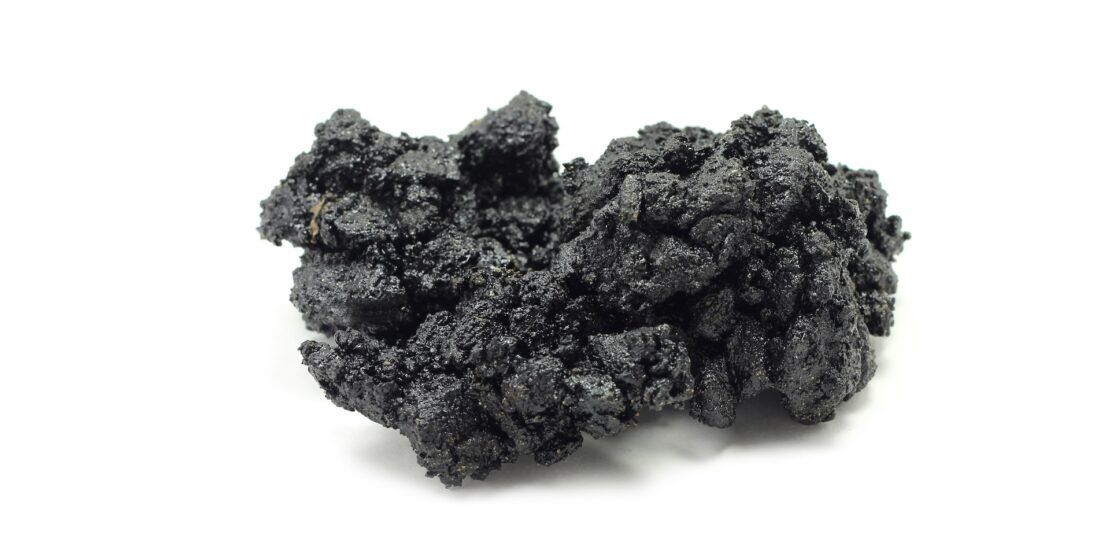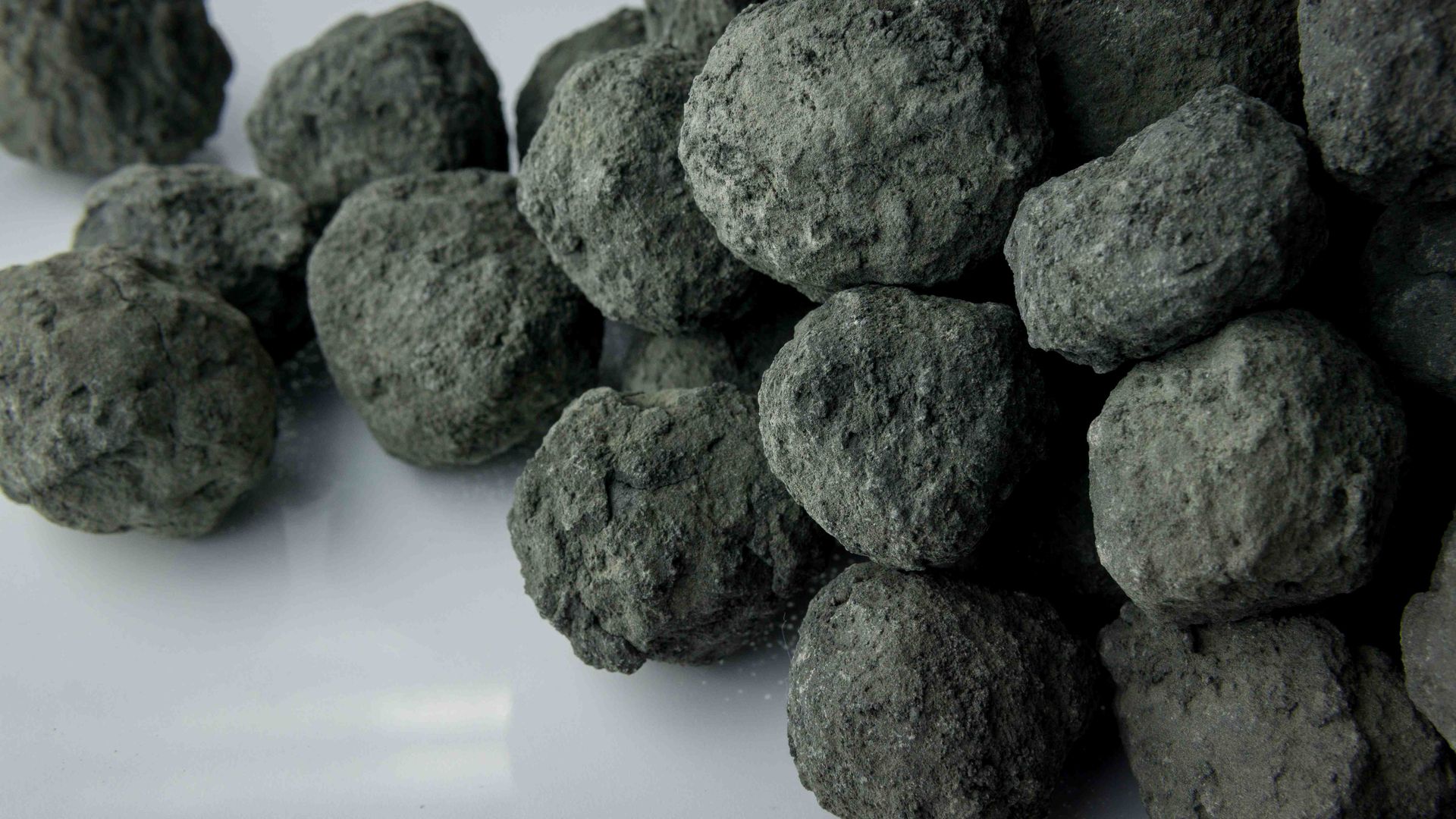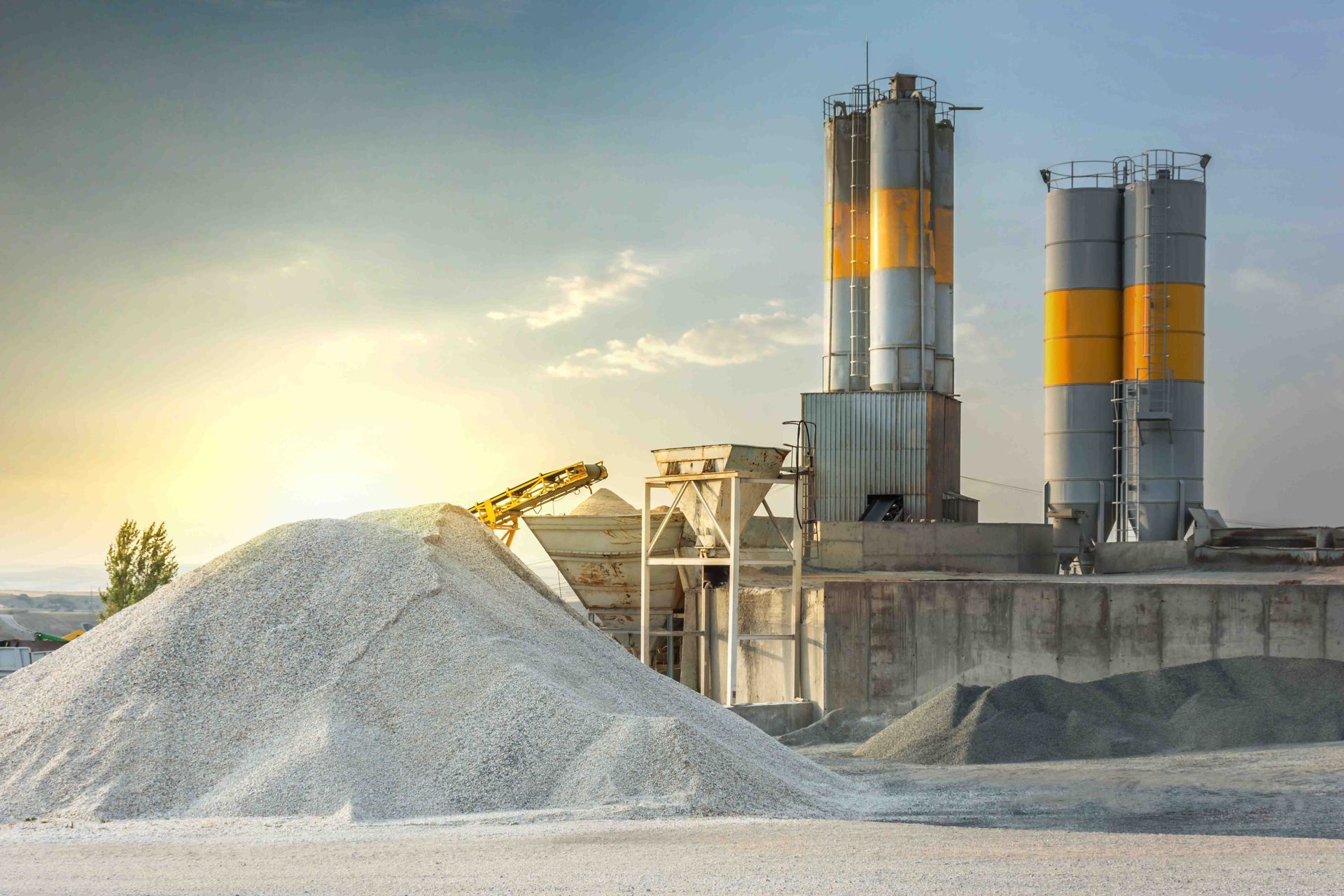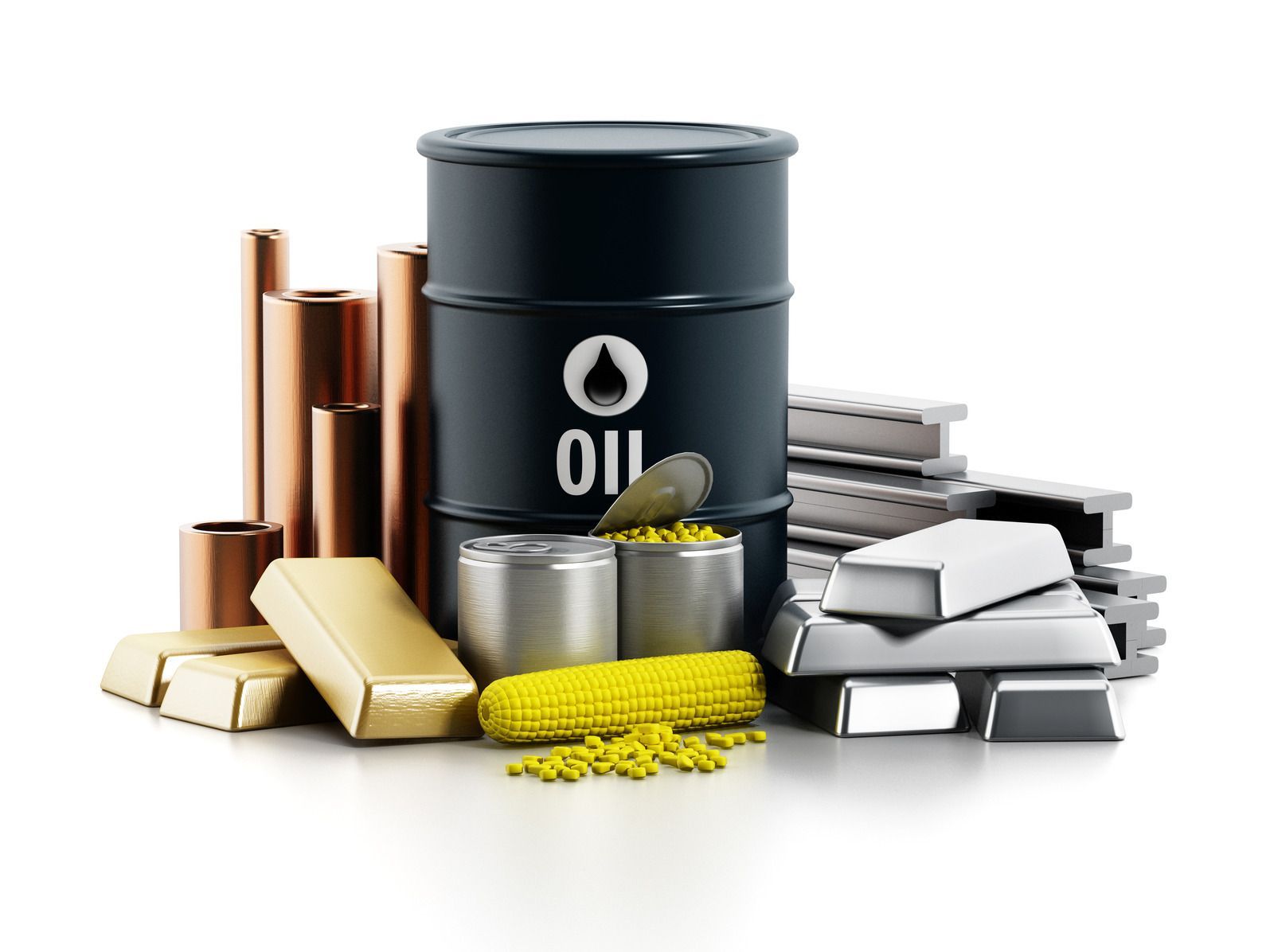Is Petroleum Coke The Same As Coal?

Coal and coke are both fossil fuels, and just because their use is the same, people get confused between the two. They assume them to be the same thing. But as is the reality, the two are pretty different. Where one is naturally occurring, the other is a by-product. They also differ in their basic properties. Therefore, it would be better to understand their differences so that one can put each to its best possible use.
Petroleum Coke
Petroleum coke is also known as Petcoke or simply Coke. It is a carbon-rich solid by-product formed during the oil refining process. In particular, the coke obtained from the final cracking process is Petcoke. In this thermo-based chemical process, which takes place in coker units, long-chain hydrocarbons of petroleum are split into shorter chains.
Petcoke is also produced during the making of synthetic crude oil or syncrude. It is made from bitumen found in the tar sands of Canada.
Types Of Petcoke
Typically, coke can be of two types – Fuel grade or anode grade.
- Fuel Grade Coke – Fuel grade coke has a high concentration of sulfur and heavy metals. It is typically a lower grade of petcoke and is used solely as a fuel. A large majority of fuel-grade coke is manufactured in the US and exported to China to feed its thermal power plants.
- Anode Grade Coke – Anode grade coke is a high-grade Petcoke. It has a low concentration of sulfur and heavy metals and is used to make electrodes for the aluminum and steel industry.
Features Of Petcoke
- It can be produced through a number of processes, including coking, production of syncrude, and burning of coal.
- Coke is dense, black, and has high carbon content, which lends to its high calorific value.
- The quality of Petcoke varies from source to source.
- Petroleum coke is a viable alternative fuel to coal.
- The use of petcoke may be limited by its high sulfur content.
Coal
Coal is a non-renewable energy source that takes millions of years to form. When dead plants decay, the heat and pressure of layers of dust and dirt over millions of years convert the dead matter into coal. It is found in the form of black or brownish-black sedimentary rocks and is rich in carbon and hydrocarbons.
Primarily, coal is used as a fuel as it is a combustible substance. Although it has been around for centuries, its main use began from the Industrial Revolution onwards. Since then, there has been no looking back.
Types Of Coal
There are four main types of coal. These are:
- Anthracite – Anthracite has the highest heating value in all the ranks of coal. This coal is hard and glossy black. It is used for heating residential and commercial spaces.
- Bituminous – Bituminous coal is a dense sedimentary rock, usually black and sometimes dark brown in color. It contains 45% – 86% carbon and is used as fuel in steam-electric power generation. It is also used to make coke.
- Sub Bituminous – Subbituminous coal has a low heating value compared to bituminous coal. It contains between 35% to 45% carbon and is mainly used as fuel for steam-electric power generation.
- Lignite – The most inferior form of coal is lignite. It is brown in color, contains 25% to 355 carbon, and has the lowest energy content amongst all ranks of coal. Lignite coal is crumbly and has a high moisture content. It is harmful to health and used solely as a fuel in electric power generation.
Features Of Coal
- Coal is found on Earth and is a non-renewable fossil fuel.
- It is easy to mine and transport and available in abundance compared to other types of fossil fuels.
- It is rich in carbon dioxide and produces high temperatures when burnt.
- When burnt, coal produces a lot of ash which requires processing.
Differences Between Petroleum Coke And Coal
- How It Is Found – Coal is a fossil fuel found naturally in the Earth. Petroleum Coke is a by-product produced through a process called coking.
- Fire Hazard – The low volatile content of Petroleum Coke and its high combustion temperature make petcoke safer to handle in comparison to coal.
- Calorific Value – The calorific value of Petcoke is around 6,000 BTU per pound, while the calorific value of coal is approximately 3,800 to 5,500 BTU per pound.
- Percentage Of Fixed Carbon – Coal contains 55% to 60% carbon. Petcoke has 82% to 87% carbon. Hence, Petroleum Coke is richer in carbon content.
- Percentage Of Ash Content – Coal contains 14% to 20% ash or soot, and Petcoke contains a paltry 0.5% to 1% ash. Therefore, Petroleum Coke gives much better heat for the same quantity of coal.
- Hardness – Hardness is measured in HGI. The lower the HGI, the more difficult it is to grind and vice-versa. The HGI of coal ranges between 50 to 55 and that of Petroleum Coke between 35 to 40. Consequently, grinding Petcoke is much more challenging.
- Sulfur Emissions – The sulfur dioxide emissions depend on the percentage of sulfur in fuel and the alkali content in the raw mix. Coal has low SO2 emissions while Petcoke has high due to 4% to 7% sulfur content.
- Cost – Cost-wise, Petroleum Coke is more expensive than coal. This is because it takes more raw materials and processing to produce the same amount of Petcoke as coal.
- Uses – Where the use of coal is limited to that of fuel, Petcoke is used in various ways. It is used as a fuel and feedstock for a wide range of products like colorings, paints, coatings, etc.
Bottomline
Now that you have gone through this enlightening read, it must be pretty clear that Petroleum Coke or Petcoke, and Coal are very similar yet distinctively different. The main difference lies in their processing before they can be used to generate energy. Also, one needs to be aware of their environmental implications. Of the two, Petroleum Coke releases 10% more carbon dioxide than standard coal. Therefore, it is a more prominent contributor to the creation of greenhouse gasses. Despite each having its pros and cons, the two are in high demand. Suffice to say, both are a necessary evil. One needs to proactively learn ways to mitigate their harmful effects and put them to good use based on their properties.
The post Is Petroleum Coke The Same As Coal? appeared first on PermuTrade.
Disclaimer: The information on this website and blog is for general informational purposes only and is not professional advice. We make no guarantees of accuracy or completeness. We disclaim all liability for errors, omissions, or reliance on this content. Always consult a qualified professional for specific guidance.






